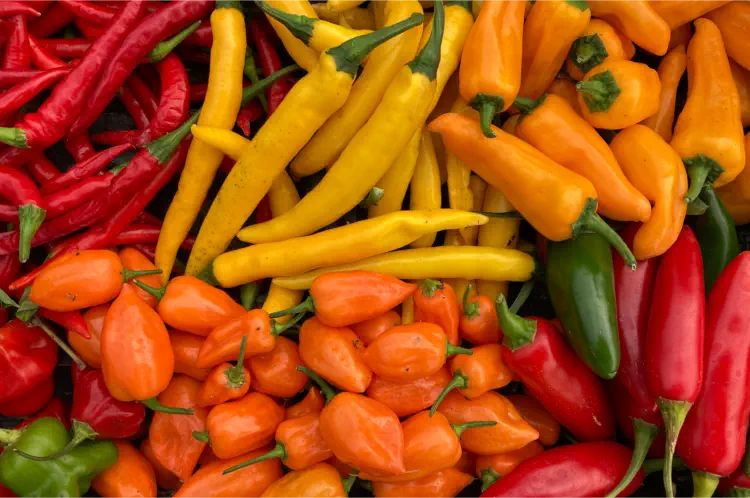January and February are a perfect time to look ahead and plan the garden with past years experience behind us.
Of course we are always at the mercy of our unpredictable weather and climate change brought on by global warming seems to be giving us a more extreme climate, with no shortage of rain.
Keeping in touch with weather forecasts is more important than ever before so we can plan seed sowing, planting, weed control and soil cultivations at the best times. It is even more important to make sure any spraying for pest, disease or weed control is done when a few days dry weather is forecast. There is nothing more infuriating than to have completed crop spraying then see it all washed off a few hours later. Last year was a very difficult year for spraying as the rain was never very far away.
The garden and allotment have never been subject to routine. There are so many new and improved plants to try, and if global warming is more than just a myth we could try a few more exotics in Scotland. Peaches, figs and dwarf eating cherries are all doing very well, and saskatoons are here to stay, but if I could find a grape to succeed that would really cause a stir. I have tried many grape varieties outdoors in Dundee and discarded most of them, but I will still continue to try other varieties.
 Flowers
Flowers
The wet years have really sorted out the roses. Climber Golden Showers was always very reliable as was shrub rose L D Braithwaite, a gorgeous deep red, but they just could not withstand attacks of blackspot disease. Spraying with rose fungicide was not effective with the continual rain. They and many others have been dug out. The climber has been replaced with shrub rose Graham Thomas which is much stronger and will be trained as a climber.
Vegetable Crops
Although last year was a bit too wet for onions, the variety Hyfort grown from seed produced an excellent crop that stores very well. I will grow that one again this year.
With brassicas both cabbage Golden Acre for summer and Rigoletto, a savoy for winter will be grown again as well as Brussels Sprouts. Clubroot resistant cabbage, cauliflower and swede will be tried out this year, though the seed is more expensive.
In the greenhouse it is hard to get a better tomato than Alicante for a large fruit full of flavour and my favourite cherry type is Sweet Million though the seed is very expensive and not supplied in large quantities. However, Gardeners Delight is less expensive and just as good.
Fruit Crops
I have several apple trees that provide eating apples from August till mid winter from those in store.
However, I have too much Arbroath Pippin, (the Oslin) which is very early but does not keep so some branches will be changed to new varieties by grafting this spring.
Raspberry Glen Ample suffered a terminal root rot disease slowly killing the row over several years. These will be replaced with Glen Fyne, but in a different location to avoid the phytophthora disease.
Last year I tried another superfood fruit called the Chokeberry, known as Aronia melanocarpa Viking. The fruit can be a wee bit astringent if eaten fresh. Even the birds leave it alone till the end of summer, but it makes a terrific jam, compote, a lovely deep red wine, and a very healthy smoothie. The berries are almost black and very high in vitamin C and antioxidants. The Aronia has one of the highest levels of anthocyanins of all known plants.
Leave a Comment below and tell us what you are planning to do differently this year.
Links to varieties mentioned in this Post: Cabbage Rigoletto, Onion Hyfort, Tomato Gardeners Delight.
Clubroot Resistant Varieties include Brussel Sprout Crispus, Cabbage Kilaton and Cauliflower Clapton.
All blog content on this page is copyright of Simplyseed and is not to be reproduced without prior written permission. ©

 Flowers
Flowers











In the west of Scotland, the problems last year, apart from rain, were low light levels and low temperatures. This year I am raising seeds earlier under gro-lights so that I can hit the ground running while light levels are good early in the year. I am also growing in raised beds, so that soil heats up earlier and remains well-drained. I will also be stopping my tomato plants progressively to enable earlier cropping of at least some plants.